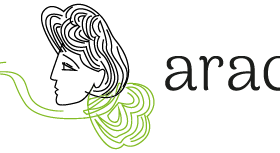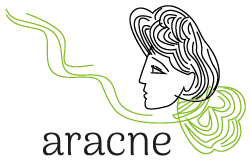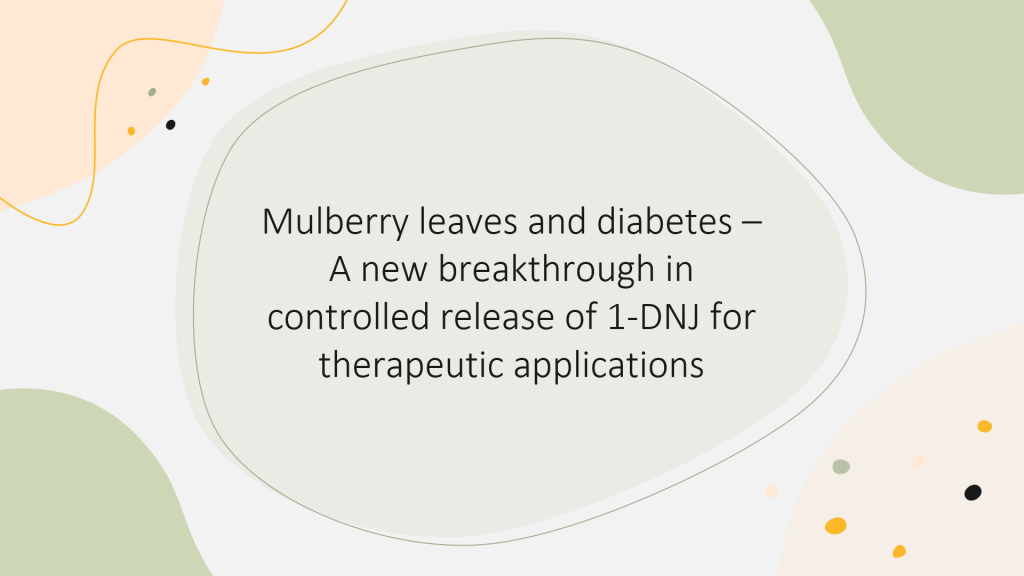Premise: This text describes a patent jointly developed by the University of Modena and Reggio Emilia and CREA-AA of Padua. Although this patent is not a direct result of the activities carried out within the ARACNE project, it complements the research efforts focused on ancient mulberry trees in the project. These studies may lead to the discovery of new phytocomplexes rich in DNJ and other antidiabetic active ingredients, following the contribution represented by this patent. The aim of this article is to inform readers about the significant scientific advancements achieved, which also involve the world of mulberry cultivation, opening up new prospects for its development.
Diabetes mellitus is a complex metabolic disorder, which affects the natural regulation of blood glucose levels. This condition is characterised by chronic hyperglycaemia and carbohydrate and fat metabolism disorders deriving from insufficient insulin secretion or insulin resistance. The spread of diabetes is increasing all over the world and is becoming one of the main health concerns, which requires new strategies and therapies. Several studies have shown that phytochemical substances from natural sources represent a suitable approach to the management of diabetes, especially in the natural step of the disease. The mulberry leaves have been used as a component of Chinese herbal tea too, based on folklore. In the modern era, the health benefits of mulberry products have been scientifically verified.
1-deoxynojirimycin (DNJ), a kind of imino sugar, which naturally occurs in different tree organs, was first isolated from its roots in 1976. 1-DNJ is a glucose analogue that exerts a potent inhibitory effect on α-glucosidase in the small intestine. More recently, 1-DNJ has also been identified in the leaves and fruits of M. alba, suggesting that the antidiabetic effect of mulberry leaves may be attributed to 1-DNJ, which inhibits postprandial hyperglycaemia. Subsequently, mulberry leaves have been studied for their impact on diabetes. Animal studies have shown that mulberry leaf consumption may delay the onset of diabetes. The administration of the mulberry extract would benefit from the synergy of various components and the combined effects can help to prevent long-term complication in the diabetes patiens. Unfortunately, 1-DNJ is quickly eliminated by the body via renal excretion. Therefore, consistent uptake by repeated administration is required to reach the therapeutic dose.
The University of Modena and Reggio Emilia and CREA – Laboratory of sericulture, at the beginning of 2024, patented a method to develop a controlled release of 1-DNJ. The scheme of action is shown in the following figure.

It is our belief that this invention has the potential to significantly enhance mulberry cultivation, particularly in relation to the recovery of historical mulberry varieties, which is a key objective of the ARACNE project. Indeed, it has been demonstrated that mulberry cultivars produce varying quantities of 1-DNJ, depending on the specific cultivar in question and the prevailing agronomic conditions. The two institutions have secured a patent for this invention, which can be licensed to interested pharmaceutical companies with a view to adding value to mulberry cultivation for silkworm feeding performed by farmers.
Information can be obtained by writing to silvia.cappellozza@crea.gov.it or to davide.bertelli@unimore.it


